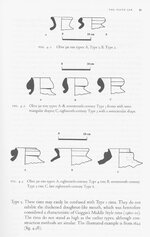Zodiacdiverdave
Silver Member
- Mar 18, 2011
- 2,765
- 1,371
- Detector(s) used
- XP Deus, AT Pro, Sea Hunter II, JW Fisher Proton Magnatometer, Shovel, Hammer and chisel
- Primary Interest:
- All Treasure Hunting
Would anyone care to try and date these two objects, both were found in the same Harbour as the one in my earlier post. The jug we are not to sure about, it looks like it might be Mediterranean but this is the one the museum staff thought was Native Indian. I would like to add that the spout was originally longer and has broken off. The back side, of which I don't have a picture has a small hole worn in it from sitting on the bottom for so long. The Jar is no doubt an olive jar but we do not have any clue as to a region that it might be from.
Both these finds occurred years ago by members of our small but mighty group.
All opinions welcome,
ZDD
Both these finds occurred years ago by members of our small but mighty group.
All opinions welcome,
ZDD
Attachments
Last edited:







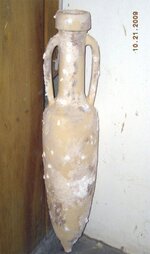
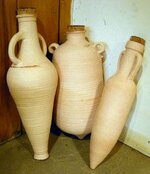
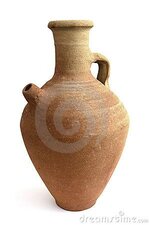
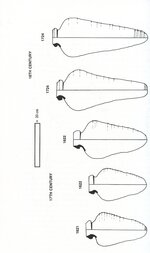
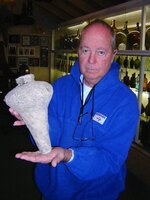









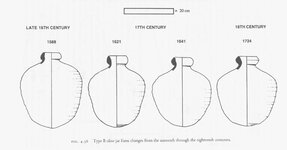
 and the capt. Morgans helps too, but I will have to try that Barbancourt, I am always open for suggestions.
and the capt. Morgans helps too, but I will have to try that Barbancourt, I am always open for suggestions.
